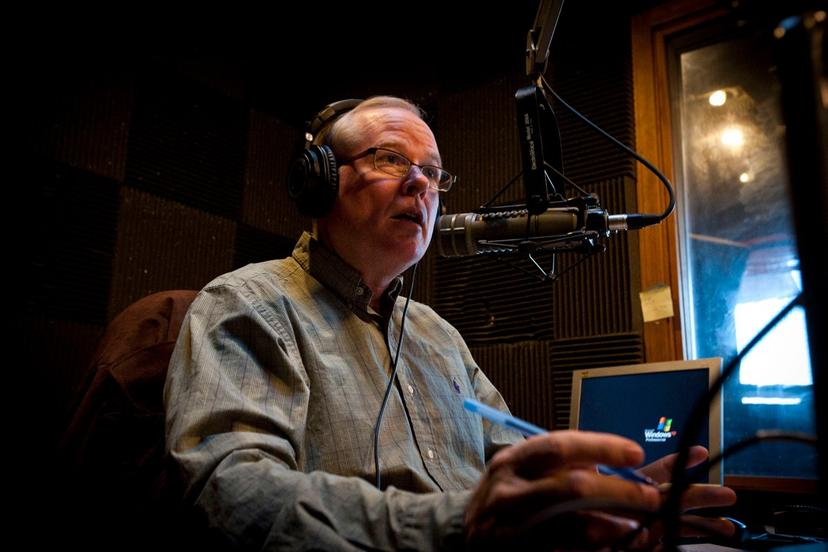Radio

Overview
Radio serves as both a profit-making business and a public service. This dual nature often produces conflicts and results in issues about news reporting accuracy, objective presentation of political and social views, and truthful commentary.
The radio industry provides employment for a variety of workers. Departments within radio stations include administration, front office, operations/programming, on-air staff and production, sales and marketing, and engineering.
Throughout its history, radio has had to compete fiercely with emerging and evolving communication technologies, including television, computers, and the Internet. To stay competitive in today's market, radio has spawned several innovative concepts, including satellite radio, streaming, and Internet radio. Within the last two decades satellite radio has emerged as a popular paid subscription service. For example, entertainment provider SiriusXM, the only satellite provider based in the United States, hosts music, news, sports, and talk shows, as well as broadcasts of local weather and traffic conditions.
Streaming refers to any medium constantly delivered to the end-user either live or on-demand. With radio streaming the audio signal is delivered—not downloaded—to a computer. The total revenue for paid subscriptions to on-demand streaming services was $6.8 billion in 2019, an increase of 25 percent over the previous year and accounting for 61 percent total recorded music revenues in the U.S., according to data from the Recording Industry Association of America. These sharp increases indicate strong competition for traditional broadcast radio.
Internet radio, which began in the early 1990s, offers listeners continuous audio streams. Pandora Internet Radio, for instance, provides free personalized selections, allowing listeners to choose music by genre or artist. Similar services include Slacker and Spotify. Apple launched iTunes Radio in 2013. Amazon offers a limited streami...
